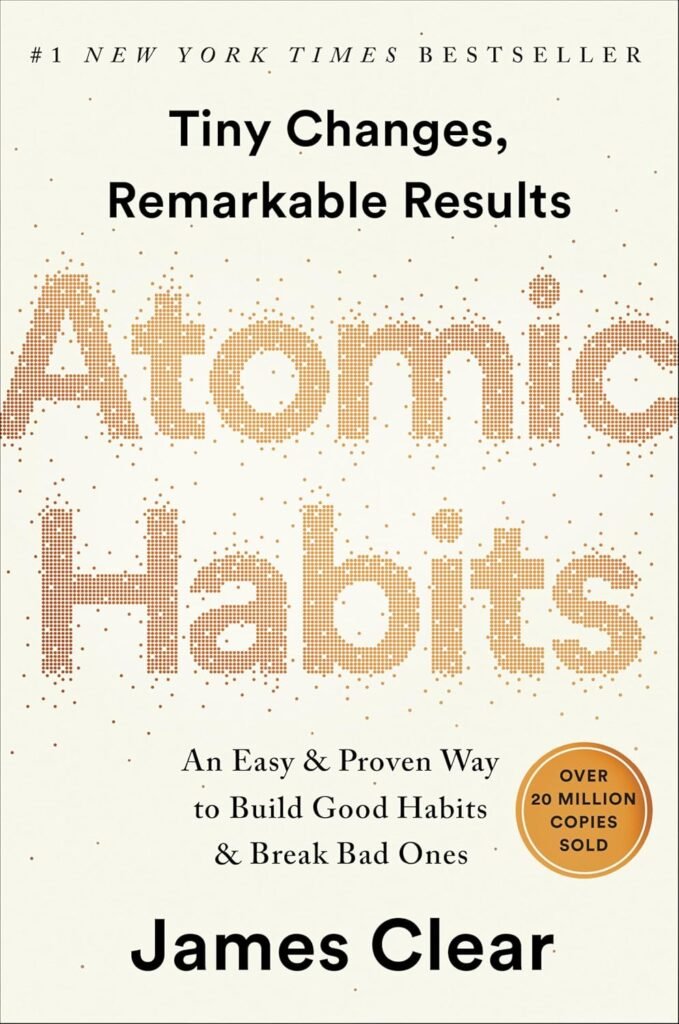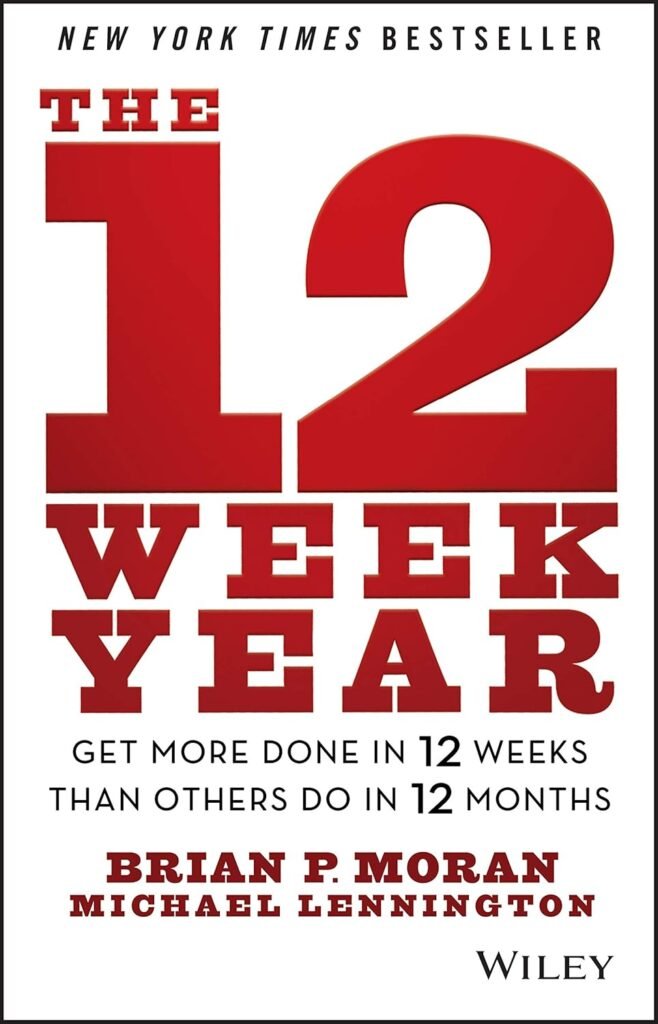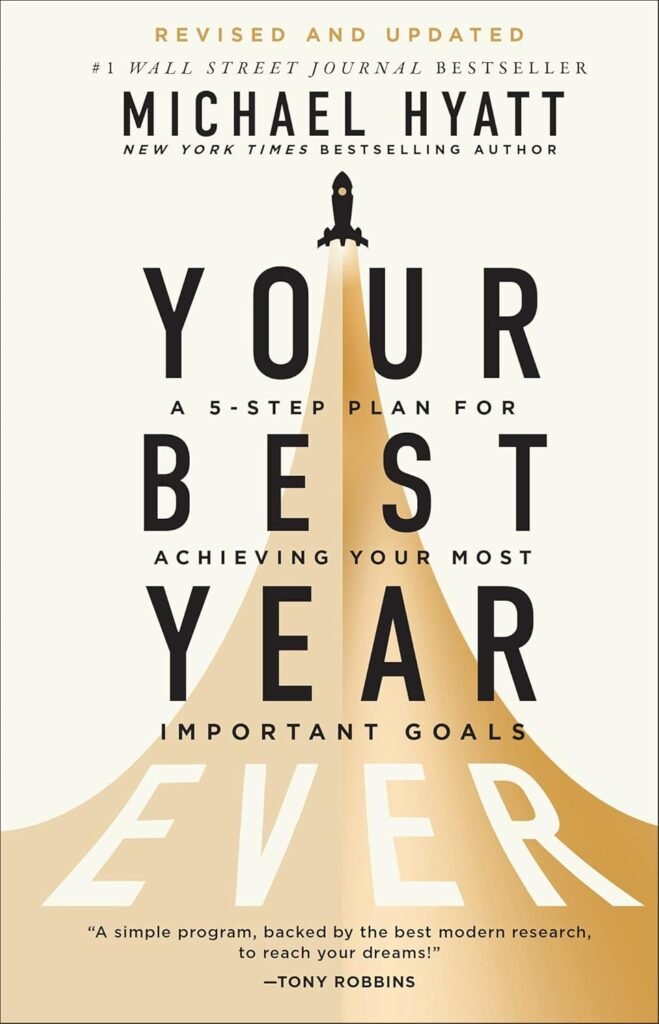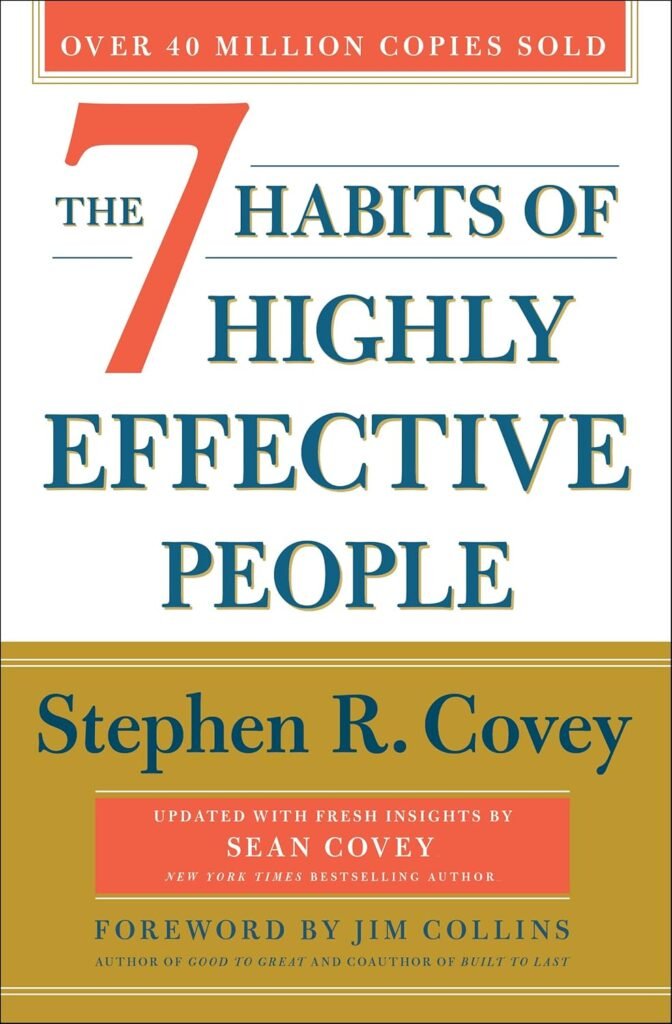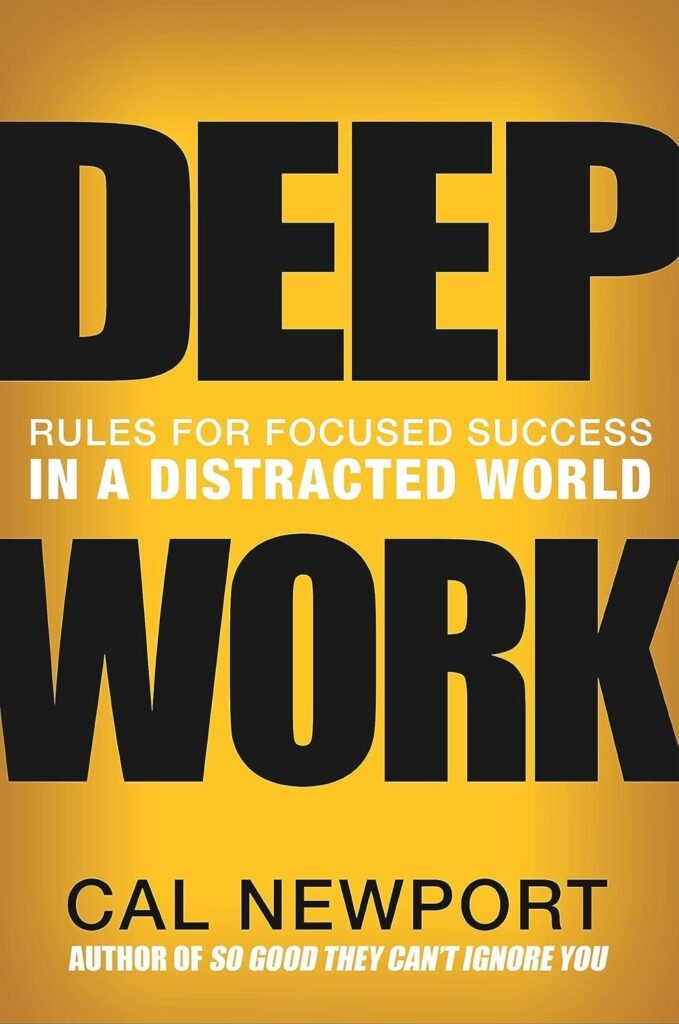If you’ve ever set a goal with the best intentions only to watch it quietly disappear a few weeks later, I totally get it. I’ve been there, too. We start with excitement, new planners, and long to-do lists, but without a clear path, even our biggest dreams can lose momentum. That’s why I fell in love with SMART goals. They’ve helped me take the vague “someday” ideas and turn them into simple, achievable steps I can actually follow (and feel good about).
In this guide, I’m sharing everything I’ve learned about making SMART goals work in real life. Whether you want to build healthy routines, feel more in control of your time, or finally follow through on a dream you’ve had for years, you’ll find encouragement and clarity here. Let’s do it together, one intentional step at a time.
What are SMART Goals?
The SMART goals method was first introduced by George T. Doran in a 1981 issue of the journal Management Review. His article, titled “There’s a S.M.A.R.T. Way to Write Management’s Goals and Objectives,” outlined the SMART criteria as a way to improve goal-setting in business environments.
SMART goals are a tried-and-true method used by everyone from teachers to CEOs to stay focused and actually get results. The SMART framework helps you go beyond vague intentions like ‘be healthier’ or ‘save money’ and turn them into real plans you can follow.
Here’s what SMART stands for:

Specific
A specific goal is clearly defined and focused. It answers the “what,” “why,” and sometimes the “how” of your intention. When a goal is too vague, it’s easy to feel uncertain about what you’re actually working toward, which can lead to procrastination or confusion. Specificity provides direction, it gives your goal shape and purpose so you know exactly where to aim your efforts. The clearer your intention, the easier it is to stay committed and make decisions that move you forward.
Measurable
A measurable goal allows you to track your progress in a meaningful way. When you build a goal that includes something you can count, check off, or evaluate, you create a feedback loop that keeps you engaged. Measurable goals help you know how far you’ve come and how much further you have to go. They also offer built-in moments to reflect and celebrate because knowing you’re making progress (even in small steps) builds momentum and motivation.
Achievable
An achievable goal is one that’s realistic for you right now, given your time, energy, commitments, and resources. That doesn’t mean it can’t be challenging. It should stretch you just enough to grow, but it needs to feel possible. Setting a goal that’s too far out of reach can create frustration and self-doubt, while setting a realistic one builds confidence. The key is to balance ambition with practicality so that your goal encourages forward movement without causing burnout or overwhelm.
Relevant
A relevant goal matters to you. It aligns with your values, fits into the bigger picture of your life, and connects with what you genuinely care about. Goals that aren’t personally meaningful are hard to stick with, even if they seem important on the surface. When your goal feels connected to your deeper purpose, whether that’s personal growth, family, career, or well-being, it becomes easier to stay motivated. Relevance keeps your “why” in focus and gives your efforts lasting impact.
Time-bound
A time-bound goal has a deadline or defined timeframe that creates structure and urgency. Without a time element, even the best goal can drift endlessly without real progress. When you give yourself a window for action, whether it’s short-term or long-term, you create focus and momentum. It also gives you a natural opportunity to pause, reflect, and adjust if needed. Time-bound goals encourage consistency and help you prioritize your goal in the rhythm of your daily life.
Why Smart Goals Work
You might be wondering, do I really need a fancy acronym to reach my goals? The answer is yes (but don’t worry, it’s simple and powerful!).
SMART goals work because they bring structure and clarity to the goal-setting process. They help you stay focused, motivated, and most importantly, on track. Here are just a few reasons why this method is so effective:
- Clarity: You know exactly what you’re working toward.
- Focus: It keeps your attention on what really matters.
- Motivation: Specific, trackable goals give you momentum.
- Progress Tracking: Measuring keeps you accountable.
- Time Sensitivity: A deadline pushes you to act.
Breaking Down SMART
Each part of the SMART framework plays a special role in making your goals stronger and more doable. Let’s break down what each letter by asking key questions .
SPECIFIC

Ask Yourself:
- What exactly do I want to accomplish?
- Why is this goal important to me?
- Who else is involved?
- Where will this take place?
- What resources or limits do I need to consider?
Tip:
Clarity is key. Avoid vague words like “more,” “better,” or “improve.” Instead, focus on precise wording that leaves no room for confusion. The more detailed your goal, the easier it is to plan your next step.
MEASURABLE

Ask Yourself:
How will I know when I’ve reached my goal?
What specific signs of progress will I see along the way?
Can I break this goal into smaller milestones or checkpoints?
What tools or methods will I use to track progress?
Tip:
use numbers, dates, lists, or visible outcomes to measure progress. Seeing real results, even small ones, can keep you motivated and help you adjust your strategy as needed.
ACHIEVABLE

Ask Yourself:
Can I realistically accomplish this with the time, energy, and resources I have?
What obstacles might get in my way, and how can I plan for them?
Do I have the skills I need or do I need to learn something first?
Is this goal too easy or too overwhelming?
Tip:
Push yourself, but be honest. A goal should stretch you without making you feel defeated. If necessary, adjust the scale or timeline so it fits your life while still helping you grow.
RELEVANT

Ask Yourself:
Why does this goal matter to me right now?
How does this support my bigger dreams, values, or life vision?
Is this something I truly want or something I feel pressured to do?
Will achieving this goal make a meaningful difference in my life?
Tip:
When your goal feels connected to something personal or purposeful, you’re far more likely to stay committed. Relevance fuels motivation and helps you say no to distractions.
TIME-BOUND
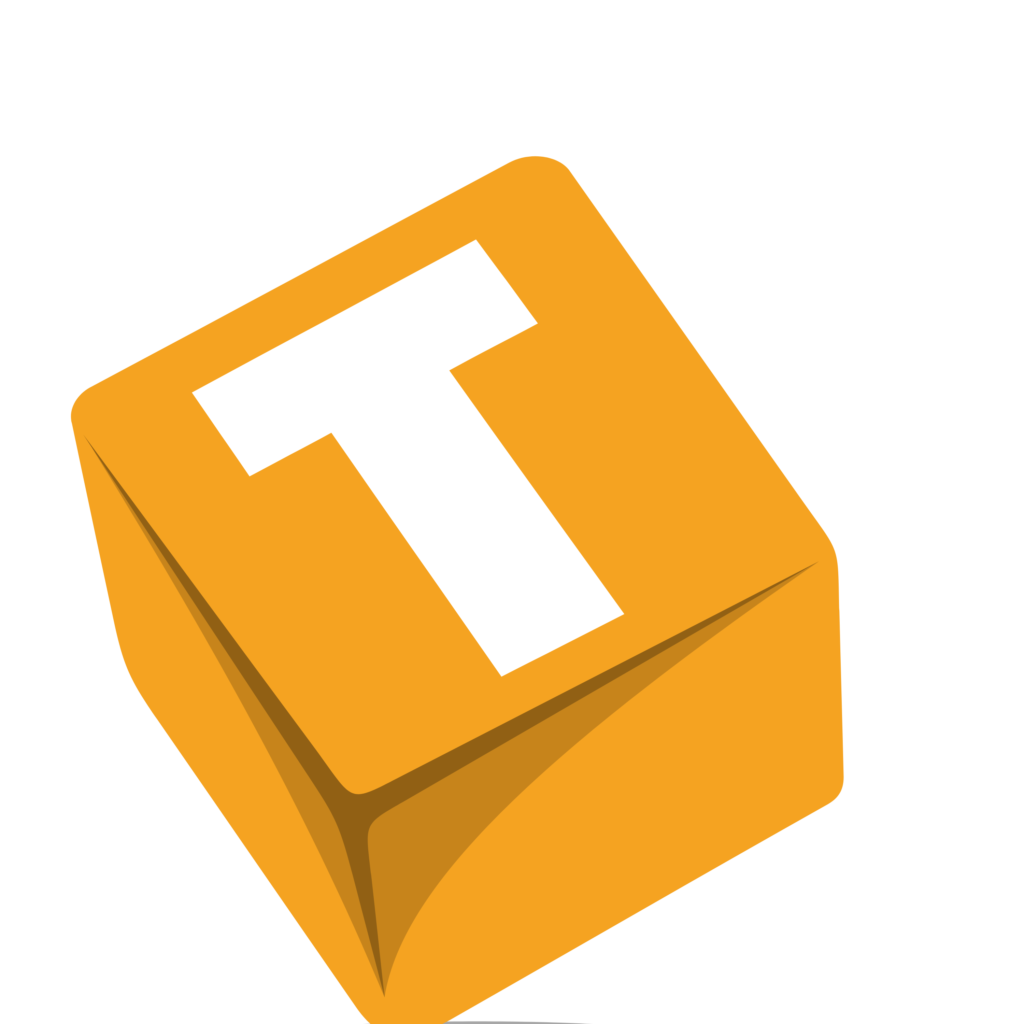
Ask Yourself:
What is the deadline for completing this goal?
What can I do today, this week, or this month to move forward?
Does this timeline feel realistic and motivating—or does it need adjusting?
Are there any key dates or checkpoints I should plan for?
Tip:
Set a target date and add mini-deadlines to help pace your progress. Timeframes help you stay focused and keep your goal from becoming a “someday” idea.
Like most good ideas, SMART goals have evolved over time. Many people add extra letters to make the process even more helpful. These tweaks can help you think beyond just setting the goal and also focus on what happens after. Here are a few popular variations:
- SMARTER: Evaluate (regularly review your progress) and Readjust (tweak the goal as needed)
- SMARTTA: Track (continuously monitor actions) and Accountability (share goals with others to stay committed)
Common Mistakes When Using SMART Goals
SMART goals are a fantastic tool, but only if you use them the right way. A few common mistakes can sneak in and make even the best goals fall flat. Here are some pitfalls to watch out for so you can avoid frustration and stay on track:
- Setting too many goals at once
- Making goals too rigid
- Ignoring emotional or value-based motivation
- Choosing goals that aren’t truly meaningful
- Not revisiting goals regularly
How to Write a SMART Goal
Now that you understand what SMART goals are and how they work, it’s time to actually write one! This is the fun part—transforming your dreams into a step-by-step plan. Use the tips below as a simple formula to follow anytime you want to set a clear, focused, and achievable goal:
- Start with a big-picture goal (example: “Get healthier”)
- Break it down using SMART criteria
- Write it clearly (example: “I will drink 64 oz of water every day for the next 30 days to improve my energy and focus.”)
- Post it where you can see it
- Track your progress weekly
- Adjust if needed
Area of Life
Larger Picture Goal
SMART Goal
Personal Development
I want to grow as a person.
I will read 1 personal growth book each month for the next 3 months to improve my mindset.
Financial
I want to save more money.
I will save $200 from each paycheck for the next 6 months to build a $2,400 emergency fund.
Health
I want to get healthier.
I will exercise for 30 minutes, 4 days a week, for the next 60 days to increase my energy.
Career
I want to advance in my career.
I will complete one online certification course related to my field within the next 8 weeks.
Family
I want to spend more time with family
I will plan and have one family game night every Friday evening for the next 10 weeks.
Recommended Tools to Help You Stick with SMART Goals
Setting a SMART goal is just the beginning. Now you need the right tools to stay on track, stay motivated, and make steady progress. Whether you love digital apps or prefer good old-fashioned paper, here are some of the best tools to support your goal-setting journey:
1. Habit Trackers
A habit tracker helps you visually monitor daily or weekly actions tied to your goal. Seeing your streak build over time can be incredibly motivating! This method is best for tracking daily goals like drinking water, reading, or exercising
- Notebook & Pen/Paper: Believe it or not, you don’t need anything complicated. This is a classic and super effective tool! Jot down your goals, break them into steps, and track your progress in a way that’s personal and distraction-free. Sometimes the simplest tools are the most powerful.
- Tool Ideas: Printable habit tracker sheets, bullet journals, or digital apps like Habitica, Streaks, or HabitBull
2. Goal-Setting Journals & Planners
A dedicated journal can help you plan, reflect, and course-correct along the way. Many goal planners include SMART templates or prompts to break down your ideas. People who like to write things down, track progress weekly, and review wins/losses will enjoy these tools.
- Dream Life Planner
- The Full Focus Planner by Michael Hyatt
- Panda Planner
- Clever Fox Goal Planner
3. Digital Goal Apps
If you live on your phone or computer, digital goal-setting tools can make it easier to stay organized and get reminders. This method is best for Tech-savvy users or goal-setters juggling multiple priorities.
- Trello can be used for breaking down complex goals into small tasks
- Notion is for tracking, journaling, and organizing everything in one place
- Todoist can be used for daily tasks connected to SMART goals
4. Timers & Focus Tools
Time management matters when you’re working toward a goal. Using a timer can help you stay focused and avoid burnout. These tools will assist with goals related to productivity, studying, or creative work.
Time Blocking schedule specific blocks of time for focused tasks to stay organized and avoid distractions
Pomodoro timers (like Forest app or TomatoTimer.com)
Physical timers or hourglasses for a tactile approach
5. Accountability Tools
Telling someone about your goal or joining a supportive community can dramatically increase your chances of success. Anyone who stays motivated through encouragement or shared progress will benefit from accountability tools.
- Shared Google Sheets with a friend
- Goal-tracking groups on social media or in apps like Coach.me
- Hiring a life coach or using a goal accountability partner
6 Best Books to Learn SMART Goals and Goal Setting
If you’re ready to dive deeper into goal setting, these books are packed with wisdom, inspiration, and strategies to help you stay motivated and intentional. Each one offers a different perspective, so you’re sure to find one (or a few!) that fit your style.
Goals! by Brian Tracy
A practical guide to setting and achieving meaningful goals in any area of life. Brian Tracy offers a step-by-step system that aligns well with the SMART method, focusing on clarity, motivation, and follow-through.
Atomic Habits by James Clear
Though not a SMART-specific book, Atomic Habits is essential for turning goals into daily action. Clear explains how small, consistent habits shape success and support long-term change.
The 12 Week Year by Brian P. Moran & Michael Lennington
This book teaches you how to ditch annual goal-setting and focus on 12-week cycles for faster results. It complements SMART goals by creating urgency, focus, and a strong action plan.
Your Best Year Ever by Michael Hyatt
Your Best Year Ever helps you reflect on your life, overcome limiting beliefs, and set goals with purpose. Hyatt expands on the SMART method by adding emotional depth and habits to make your goals stick.
The 7 Habits of Highly Effective People by Stephen R. Covey
While not focused solely on SMART goals, this classic teaches core principles like clarity, purpose, and planning that align with SMART goal-setting. It’s a must-read for building effective, values-based habits and goals.
Deep Work by Cal Newport
This bestselling book focuses on the power of focused, distraction-free work to achieve meaningful goals. While not a SMART goals guide, it reinforces the need for clear, time-bound, and purposeful goals to make real progress in work and life.
Final Tips
Before you go, here are a few final tips to help you make the most of your SMART goals. Goal setting should feel exciting, not overwhelming. These reminders will keep you grounded and motivated along the way:
- Write your SMART goals down
- Review them weekly or monthly
- Celebrate small wins
- Stay flexible and refine as you grow
- Pair with a vision board or long-term life goals
I hope this guide helped you feel more confident about turning your goals into something clear and achievable. I’ve used the SMART method in my own life for everything from daily habits to big dreams, and it truly works when you stick with it. Just remember: your goals don’t have to be perfect, they just need to matter to you.
Start small, stay consistent, and celebrate every step forward. You’ve got this!

Join Our Tribe of Dreamers, Doers & Planners!
Planning tips, goal-setting inspiration, and simple strategies to help you create a life you love – delivered straight to your inbox.


